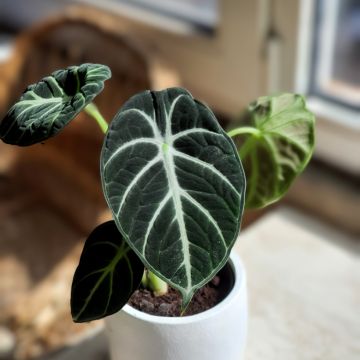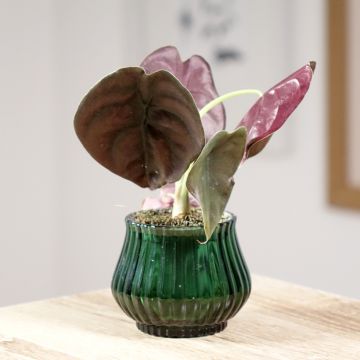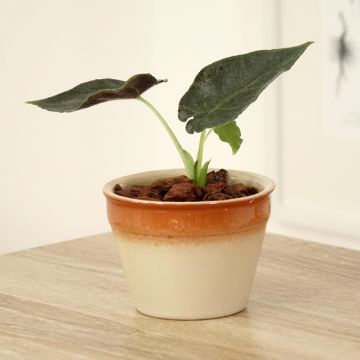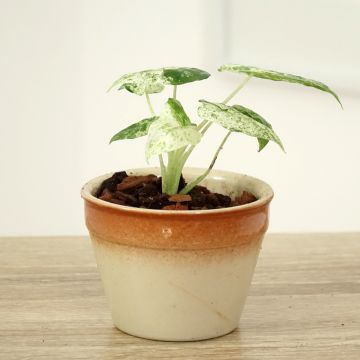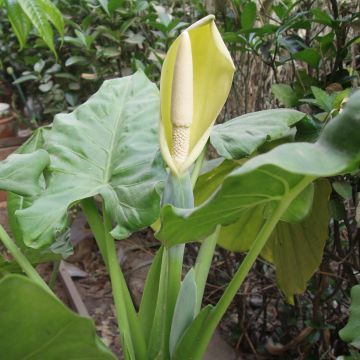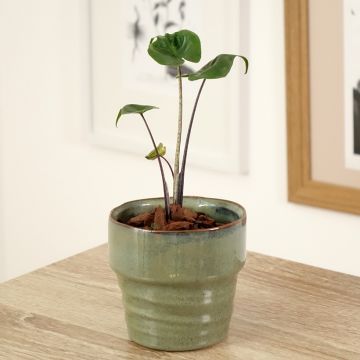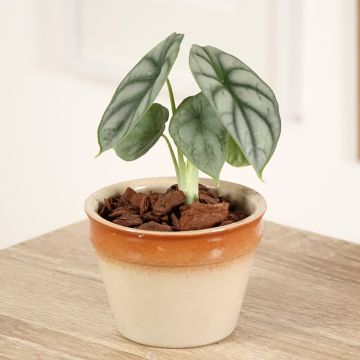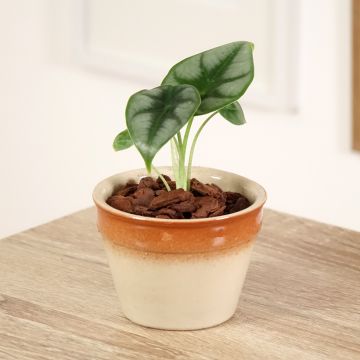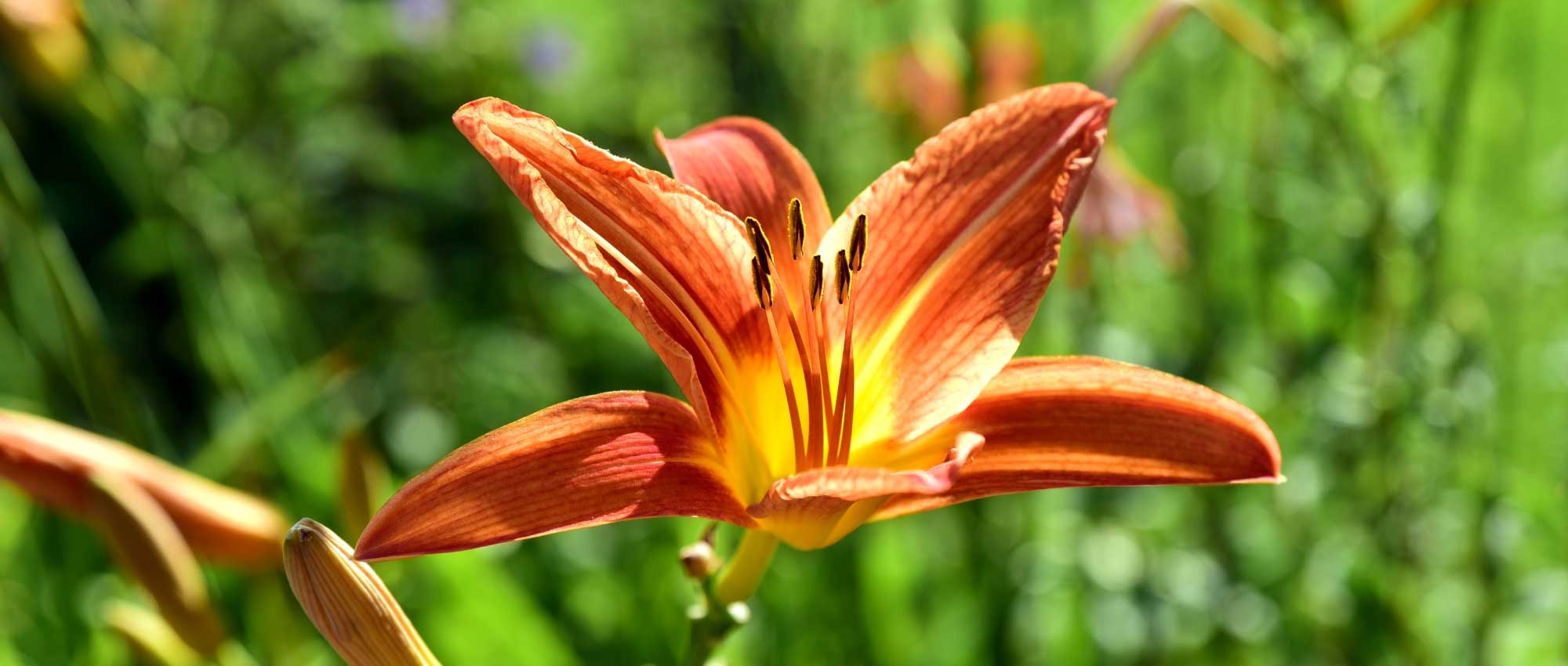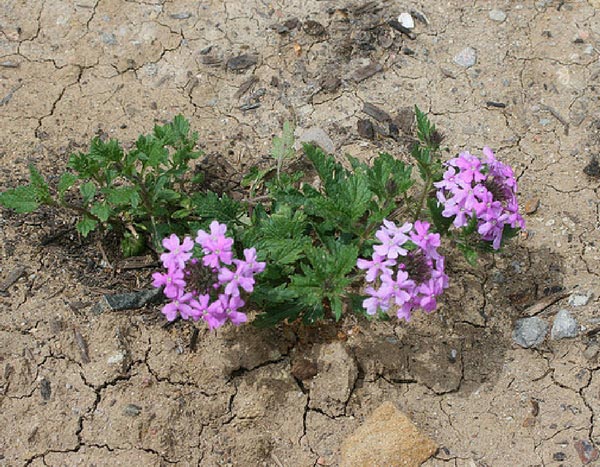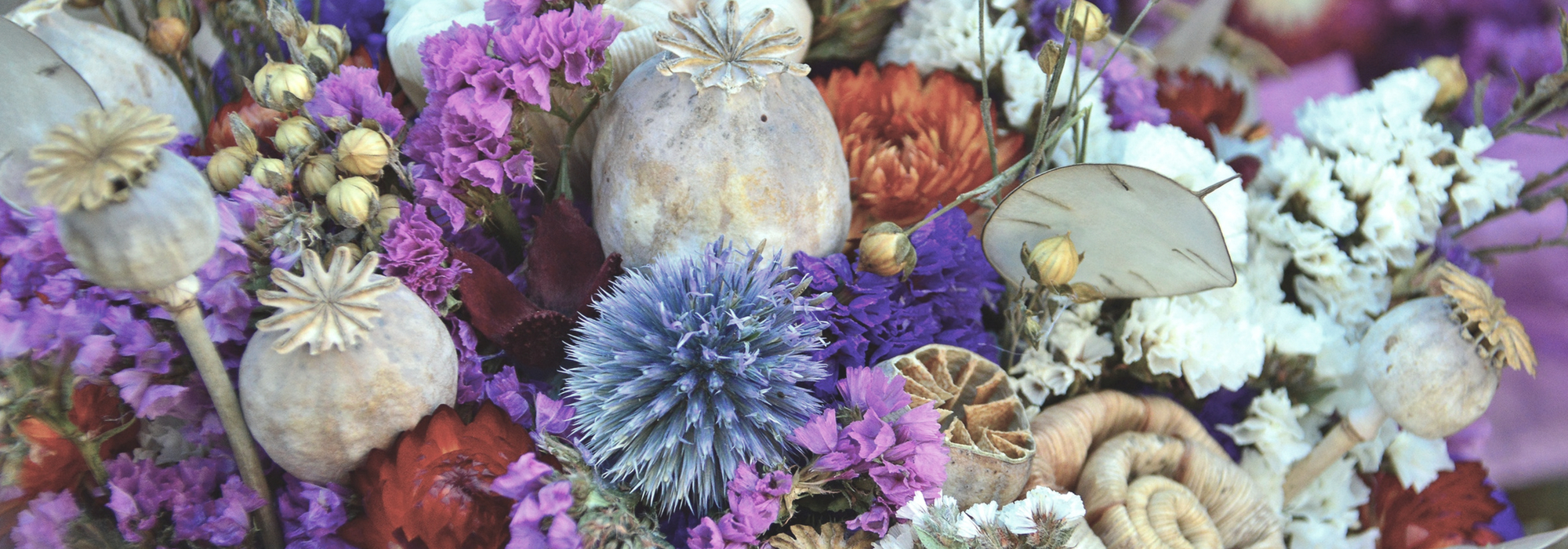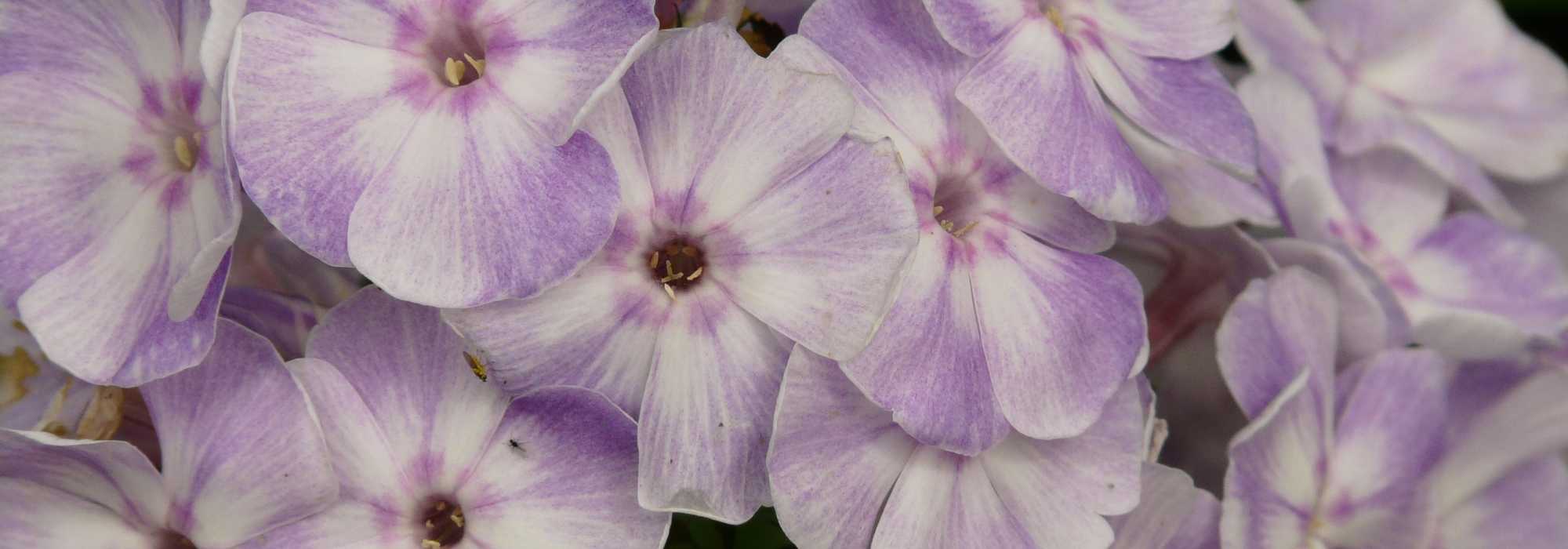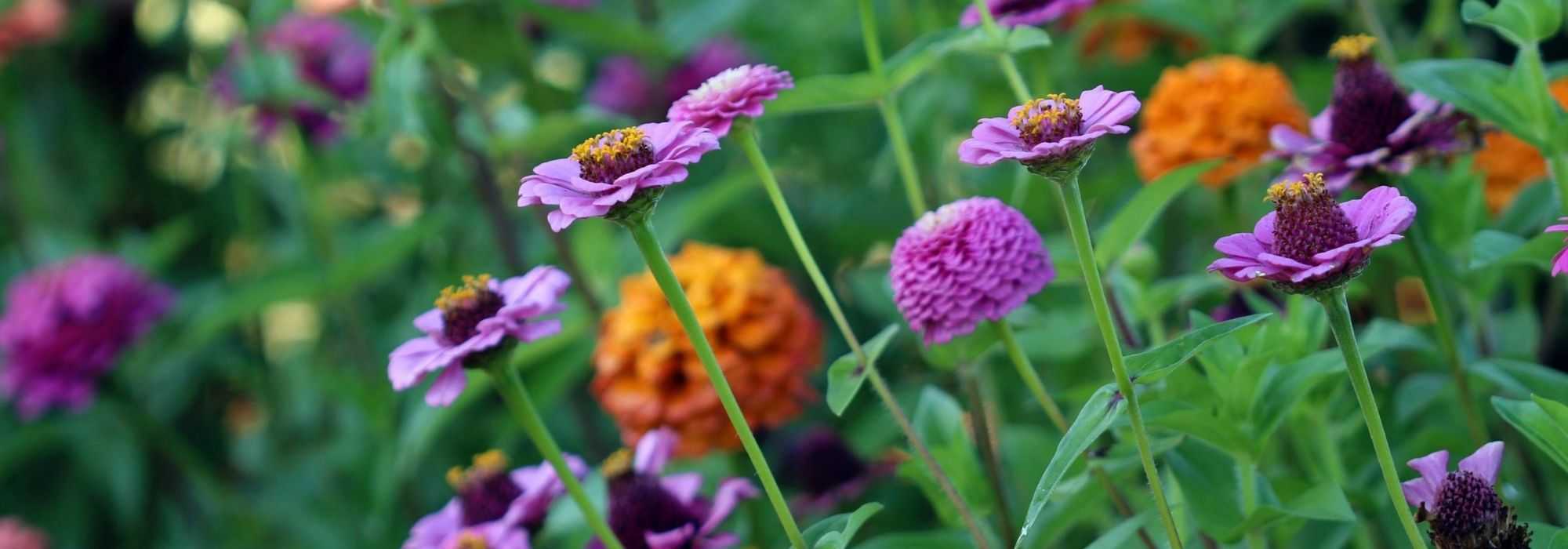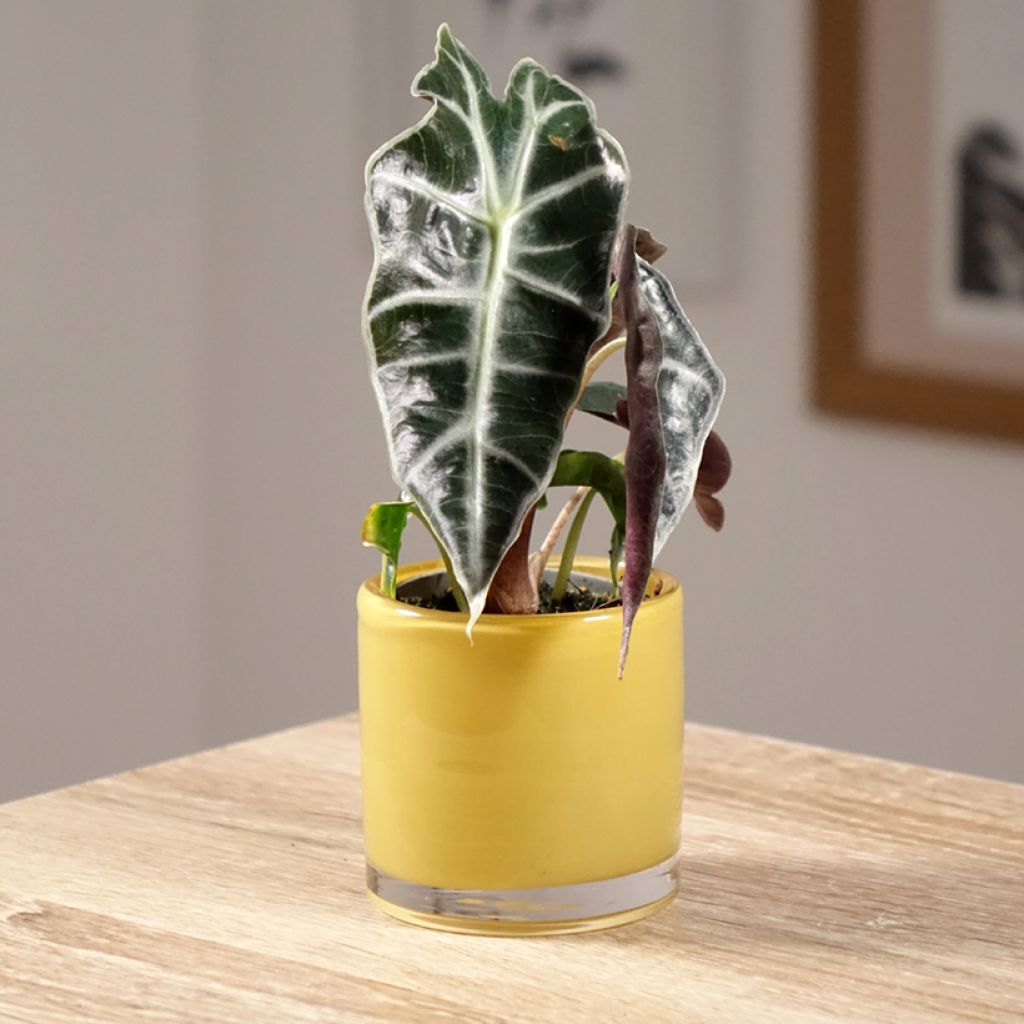

Alocasia sanderiana x longiloba Amazonica Dwarf - Elephant's ears plant
Alocasia sanderiana x longiloba Amazonica Dwarf - Elephant's ears plant
Alocasia sanderiana x longiloba Amazonica Dwarf
Giant taro, elephant’s ears
Special offer!
Receive a €20 voucher for any order over €90 (excluding delivery costs, credit notes, and plastic-free options)!
1- Add your favorite plants to your cart.
2- Once you have reached €90, confirm your order (you can even choose the delivery date!).
3- As soon as your order is shipped, you will receive an email containing your voucher code, valid for 3 months (90 days).
Your voucher is unique and can only be used once, for any order with a minimum value of €20, excluding delivery costs.
Can be combined with other current offers, non-divisible and non-refundable.
Home or relay delivery (depending on size and destination)
Schedule delivery date,
and select date in basket
This plant carries a 30 days recovery warranty
More information
We guarantee the quality of our plants for a full growing cycle, and will replace at our expense any plant that fails to recover under normal climatic and planting conditions.
Description
The Alocasia 'Amazonica Dwarf' is a highly decorative plant, evoking tropical landscapes. It forms a compact, upright clump of sagittate (arrowhead-shaped), leathery leaves with a glossy surface. The dark green upper side is marked by broad, lighter veins, enhancing its overall aesthetic. The underside of the leaf, meanwhile, displays a deep purple hue, creating a striking effect when the pot is placed slightly elevated. This variety of Elephant Ear thrives in moderately to well-lit rooms, though it should be kept out of direct sunlight.
The Alocasia is one of many genera (over a hundred) in the extensive Araceae family, predominantly found in tropical and subtropical regions, though some species, like the Italian Arum (Arum italicum), also grow in temperate climates. There are roughly 70 species of Alocasia, commonly known as Elephant Ear due to the size of their leaves. Native to tropical Asia, these are herbaceous perennials that grow from rootstocks or corms (underground storage organs resembling bulbs, though they are actually modified stems). Some specimens can form clumps several metres tall.
The Alocasia 'Amazonica Dwarf', despite its name, does not originate from the Amazon but is more likely a cross-breeding between A. sanderiana—a species reaching up to 5m in height, with enormous sagittate leaves veined in white-green—and A. longiloba, widespread from southern China to Malaysia, featuring similarly sagittate leaves but with a darker green hue and deep purple undersides. While the hybrid’s name may mislead regarding its origin, the attribute "dwarf" is accurate, as the plant typically grows no taller than 60cm with a spread of 40cm, making it ideal for indoor cultivation. Plant it in a decorative pot, and it will gradually form a clump of long, upright petioles bearing sagittate leaves (arrowhead-shaped). Elongated and pointed, they have a roughly triangular outline, with a rounded, two-lobed incision near the petiole. The long sides of the triangle are slightly convex, forming irregular waves. The leathery leaves have a glossy surface that creates visually striking reflections, accentuating their dark green colour. This is further enhanced by broad, subtly silvery light-green veins, emphasising the leaf’s already distinctive appearance. The spathe-like flowering, though unspectacular, is rare indoors.
The Alocasia 'Amazonica Dwarf' is perfect for creating a tropical atmosphere in your home. While it enjoys light, it can tolerate slightly darker conditions but dislikes direct sunlight. It requires a minimum temperature of 16°C to thrive, preferring a range of 20–25°C or higher, with high humidity above 60%. To craft a tropical-inspired display, pair it with other statement plants like the Anthurium, whose lush green foliage is complemented by vibrant spathes in red or other hues. A handsome Philodendron or a Syngonium would also make excellent companions.
Warning: Alocasia is toxic to humans and animals if ingested (causing burning sensations, lip swelling, etc.). In sensitive individuals, skin contact may also lead to redness or itching. Handle with gloves where possible, and place it out of reach of children and pets—this also allows better appreciation of the leaves’ colourful undersides.
Report an error about the product description
Foliage
Plant habit
Flowering
Botanical data
Alocasia
sanderiana x longiloba
Amazonica Dwarf
Araceae
Giant taro, elephant’s ears
Cultivar or hybrid
Safety measures
atteintescutaneomuqueuses
Cette plante peut provoquer l'apparition de réactions cutanées indésirables, une atteinte des yeux, ou des difficultés respiratoires si elle est ingérée.
Ne la plantez pas là où de jeunes enfants peuvent évoluer. Evitez tout contact avec la peau: privilégiez l'emploi de gants pour la manipuler. En cas de contact, lavez-vous soigneusement les mains et rincez abondamment à l'eau la zone concernée. Lavez les vêtements entrés en contact. En cas de réaction cutanée, contactez votre médecin ou le centre antipoison le plus proche de chez vous. En cas d'atteinte étendue ou de difficultés respiratoires, appelez immédiatement le 15 ou le 112.Pensez à conserver l'étiquette de la plante, à la photographier ou à noter son nom, afin de faciliter le travail des professionnels de santé.
Davantage d'informations sur https://plantes-risque.info
Other Alocasia
View all →Location
Location
Maintenance and care
Watering tips
Potting advice, substrates and fertilisers
Houseplant care
Disease and pest advice
Maintenance and care
Planting & care advice
This item has not been reviewed yet - be the first to leave a review about it.
Haven't found what you were looking for?
Hardiness is the lowest winter temperature a plant can endure without suffering serious damage or even dying. However, hardiness is affected by location (a sheltered area, such as a patio), protection (winter cover) and soil type (hardiness is improved by well-drained soil).

Photo Sharing Terms & Conditions
In order to encourage gardeners to interact and share their experiences, Promesse de fleurs offers various media enabling content to be uploaded onto its Site - in particular via the ‘Photo sharing’ module.
The User agrees to refrain from:
- Posting any content that is illegal, prejudicial, insulting, racist, inciteful to hatred, revisionist, contrary to public decency, that infringes on privacy or on the privacy rights of third parties, in particular the publicity rights of persons and goods, intellectual property rights, or the right to privacy.
- Submitting content on behalf of a third party;
- Impersonate the identity of a third party and/or publish any personal information about a third party;
In general, the User undertakes to refrain from any unethical behaviour.
All Content (in particular text, comments, files, images, photos, videos, creative works, etc.), which may be subject to property or intellectual property rights, image or other private rights, shall remain the property of the User, subject to the limited rights granted by the terms of the licence granted by Promesse de fleurs as stated below. Users are at liberty to publish or not to publish such Content on the Site, notably via the ‘Photo Sharing’ facility, and accept that this Content shall be made public and freely accessible, notably on the Internet.
Users further acknowledge, undertake to have ,and guarantee that they hold all necessary rights and permissions to publish such material on the Site, in particular with regard to the legislation in force pertaining to any privacy, property, intellectual property, image, or contractual rights, or rights of any other nature. By publishing such Content on the Site, Users acknowledge accepting full liability as publishers of the Content within the meaning of the law, and grant Promesse de fleurs, free of charge, an inclusive, worldwide licence for the said Content for the entire duration of its publication, including all reproduction, representation, up/downloading, displaying, performing, transmission, and storage rights.
Users also grant permission for their name to be linked to the Content and accept that this link may not always be made available.
By engaging in posting material, Users consent to their Content becoming automatically accessible on the Internet, in particular on other sites and/or blogs and/or web pages of the Promesse de fleurs site, including in particular social pages and the Promesse de fleurs catalogue.
Users may secure the removal of entrusted content free of charge by issuing a simple request via our contact form.
The flowering period indicated on our website applies to countries and regions located in USDA zone 8 (France, the United Kingdom, Ireland, the Netherlands, etc.)
It will vary according to where you live:
- In zones 9 to 10 (Italy, Spain, Greece, etc.), flowering will occur about 2 to 4 weeks earlier.
- In zones 6 to 7 (Germany, Poland, Slovenia, and lower mountainous regions), flowering will be delayed by 2 to 3 weeks.
- In zone 5 (Central Europe, Scandinavia), blooming will be delayed by 3 to 5 weeks.
In temperate climates, pruning of spring-flowering shrubs (forsythia, spireas, etc.) should be done just after flowering.
Pruning of summer-flowering shrubs (Indian Lilac, Perovskia, etc.) can be done in winter or spring.
In cold regions as well as with frost-sensitive plants, avoid pruning too early when severe frosts may still occur.
The planting period indicated on our website applies to countries and regions located in USDA zone 8 (France, United Kingdom, Ireland, Netherlands).
It will vary according to where you live:
- In Mediterranean zones (Marseille, Madrid, Milan, etc.), autumn and winter are the best planting periods.
- In continental zones (Strasbourg, Munich, Vienna, etc.), delay planting by 2 to 3 weeks in spring and bring it forward by 2 to 4 weeks in autumn.
- In mountainous regions (the Alps, Pyrenees, Carpathians, etc.), it is best to plant in late spring (May-June) or late summer (August-September).
The harvesting period indicated on our website applies to countries and regions in USDA zone 8 (France, England, Ireland, the Netherlands).
In colder areas (Scandinavia, Poland, Austria...) fruit and vegetable harvests are likely to be delayed by 3-4 weeks.
In warmer areas (Italy, Spain, Greece, etc.), harvesting will probably take place earlier, depending on weather conditions.
The sowing periods indicated on our website apply to countries and regions within USDA Zone 8 (France, UK, Ireland, Netherlands).
In colder areas (Scandinavia, Poland, Austria...), delay any outdoor sowing by 3-4 weeks, or sow under glass.
In warmer climes (Italy, Spain, Greece, etc.), bring outdoor sowing forward by a few weeks.






























